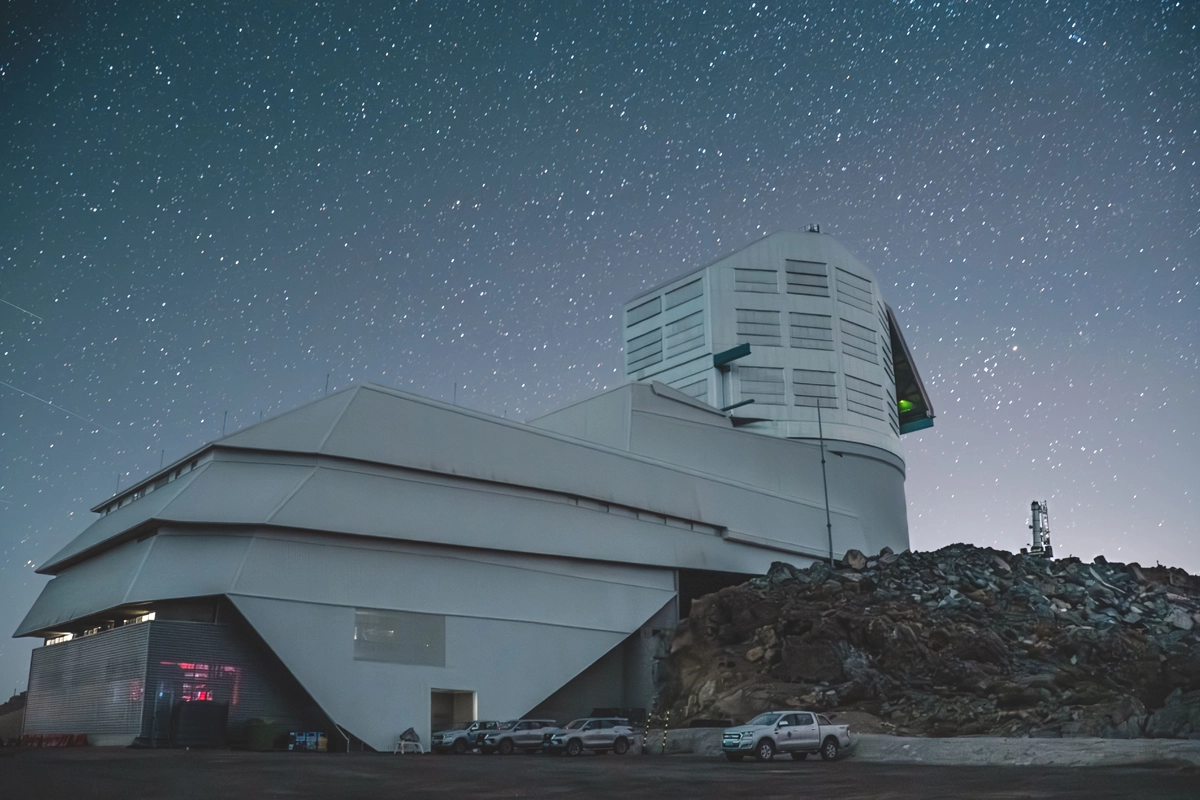The Vera C. Rubin Observatory, home to the world’s largest digital camera, is poised to revolutionize our understanding of the cosmos, capturing breathtaking images of the night sky like never before. At the heart of this groundbreaking project are two custom-built C-Flex bearings, engineered to deliver precision and stability for the telescope’s intricate movements. These innovative bearings play a crucial role in ensuring the observatory’s camera can smoothly and accurately capture expansive, high-resolution views of space, pushing the boundaries of astronomical observation.
Telescope with world’s largest digital camera will be a ‘game-changer’ for astronomy
(CNN) – On a mountaintop in northern Chile, the world’s largest digital camera is preparing to power up.
Its mission is simple yet ambitious — to photograph the entire night sky in extreme detail and unlock some of the universe’s deepest secrets.
Housed inside the Vera C. Rubin Observatory — a new telescope nearing completion on Cerro Pachón, a 2,682-meter (8,800-feet) tall mountain about 300 miles (482 kilometers) north of the Chilean capital Santiago — the camera has a resolution of 3,200 megapixels, roughly the same number of pixels as 300 cell phones, and each image will cover an area of sky as big as 40 full moons.
Every three nights, the telescope will image the entire visible sky, producing thousands of pictures that will let astronomers see anything that moves or changes brightness. The expectation is that in this way, Vera Rubin will discover about 17 billion stars and 20 billion galaxies that we’ve never seen before — and that’s only the beginning.
“There’s so much that Rubin will do,” says Clare Higgs, the observatory’s astronomy outreach specialist. “We’re exploring the sky in a way that we haven’t before, giving us the ability to answer questions we haven’t even thought to ask.”
The telescope will survey the night sky for exactly a decade, taking 1,000 pictures each night. “In 10 years, we’re going to be talking about new fields of science, new classes of objects, new types of discoveries that I can’t even tell you about now, because I don’t know what they are yet. And I think that’s really an exciting thing,” Higgs adds.



